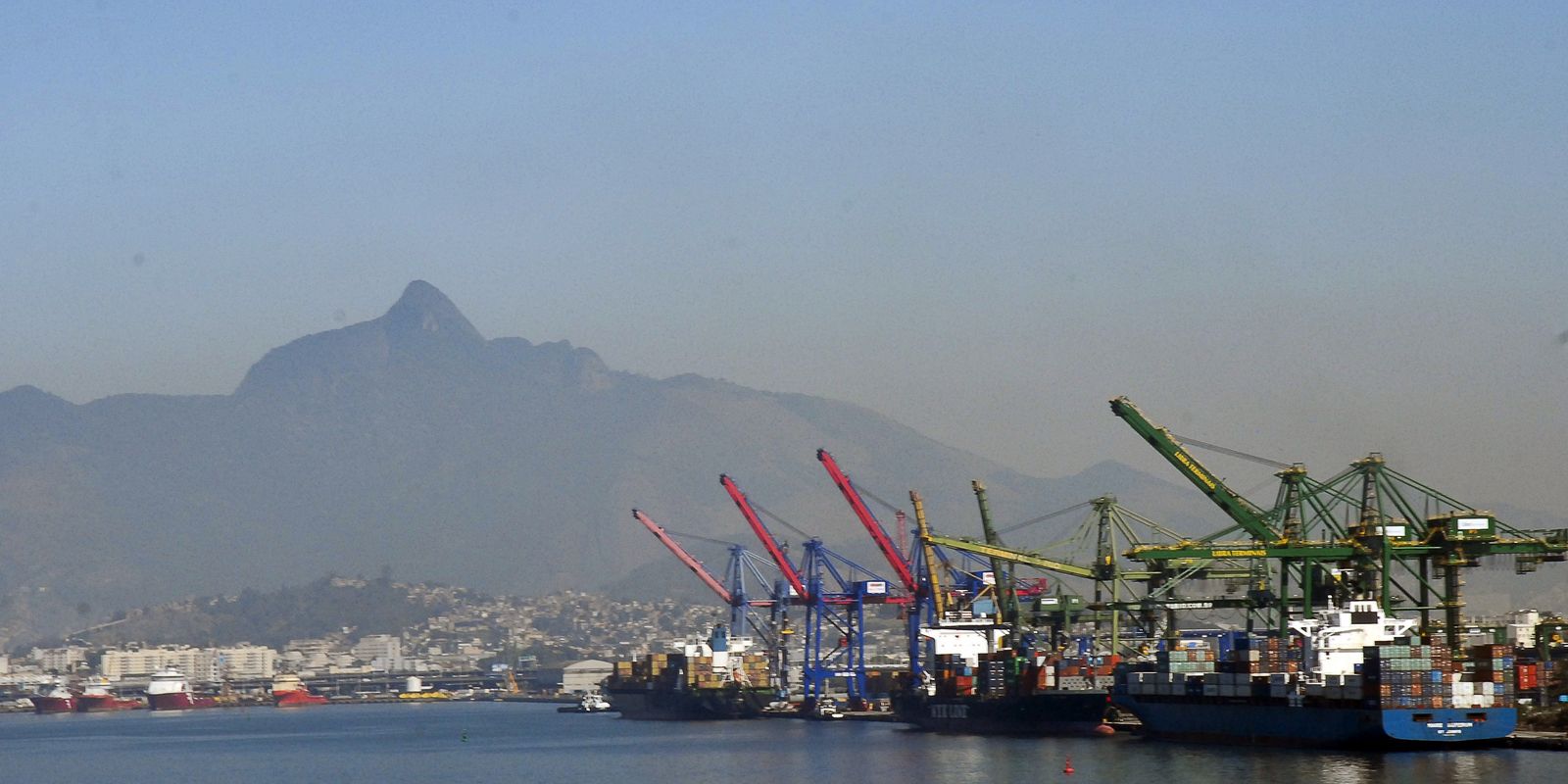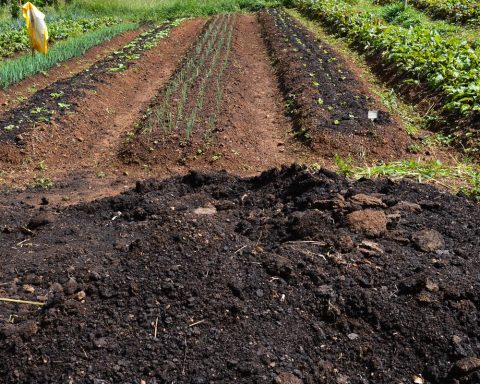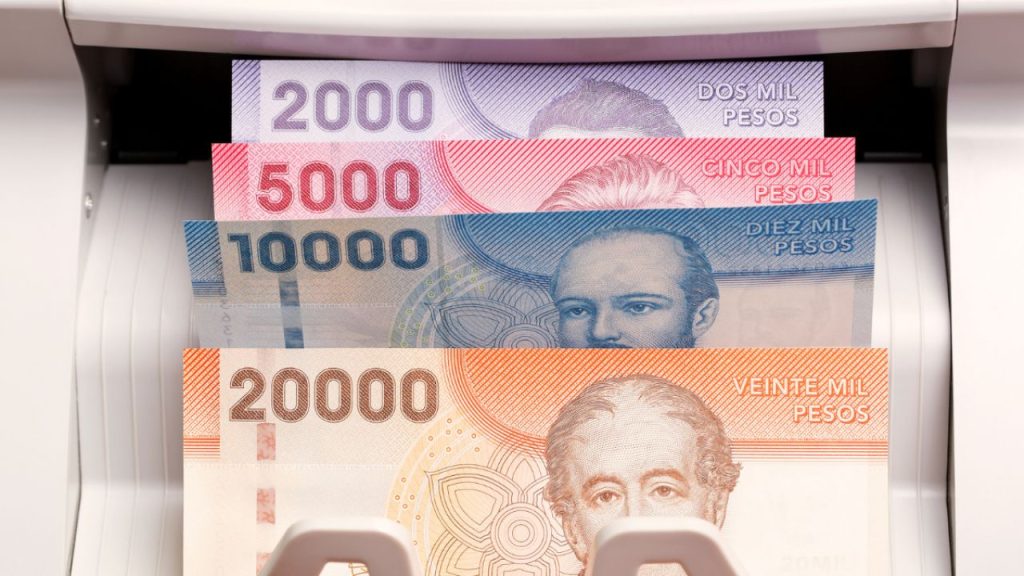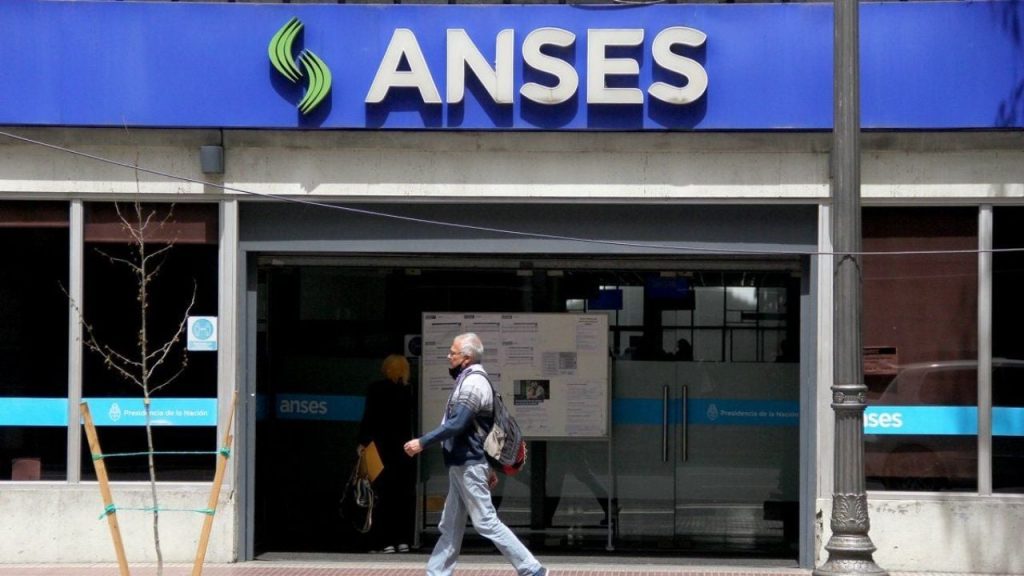The Brazilian economy fell 0.1% between June and July, but accumulated growth of 3.4% in the three-month period ending in July compared to the same period in 2023.
The figures are from the Gross Domestic Product (GDP) Monitor – which measures the country’s economic activity – prepared by the Getulio Vargas Foundation (FGV) and released this Monday (16) in Rio de Janeiro. The study aims to be a kind of GDP forecast.
The survey also records that GDP grew 5.4% in July 2024 compared to the same month in 2023. In 12 months, the calculated expansion was 2.7%.
The research coordinator, Juliana Trece, believes that the 0.1% drop from June to July breaks a sequence of eight consecutive months of growth. “Although it is a drop, it is worth noting that it is of small magnitude and was recorded after the strong growth in June (1.6%); the highest of the year so far,” says the economist.
She points out that segments that stood out in the GDP of the second quarter of the year showed a decline, such as industry and household consumption.
However, it highlights the continued growth of the services sector and investments. “The first being the economic activity with the greatest weight in the economy; and the second, the main responsible for the expansion of productive capacity”.
Moving quarters
According to FGV, in order to have a “better understanding of the trajectory” of the economy, an analysis of the data is carried out using moving quarters, compared with the same period of the previous year, since this time frame presents “lower volatility”.
In terms of household consumption, the quarter ending in July grew by 4.5%. There was growth in all categories surveyed: non-durable, durable, semi-durable products and services. “A pattern observed since the end of 2023,” he emphasizes.
Gross Fixed Capital Formation (GFCF) – an indicator that shows the behavior of investments – grew 6%, “with a strong focus on the machinery and equipment component”.
Exports on the rise
Exports grew by 0.7%. Despite the positive result, it is a significant slowdown compared to previous quarters. In the quarter ending in April, for example, the increase was 11.8%. “The reduction in the strong positive contribution of agricultural products contributes to this reduction in growth [das exportações] throughout the year,” he said.
Imports, which act as a reducer of GDP, since imported goods and services are no longer produced in Brazil and are supplied by other countries, grew 16%, the highest result of the year.
In monetary terms, FGV estimates the accumulated GDP up to July at R$6.587 trillion.
Monitor
The FGV GDP Monitor is one of the studies that serve as a preview of the real results of the Brazilian economy. Another survey is the Central Bank’s Economic Activity Index (IBC-Br), released last Friday (13).
According to the Central Bank, the economy declined by 0.4% in July. In the quarter, the result was positive at 3.2% compared to the same period in 2023. In 12 months, the estimated expansion is 2%.
The official GDP result is presented quarterly by the Brazilian Institute of Geography and Statistics (IBGE). The most recent release was on September 3, and revealed growth of 2.5% in 12 months.















